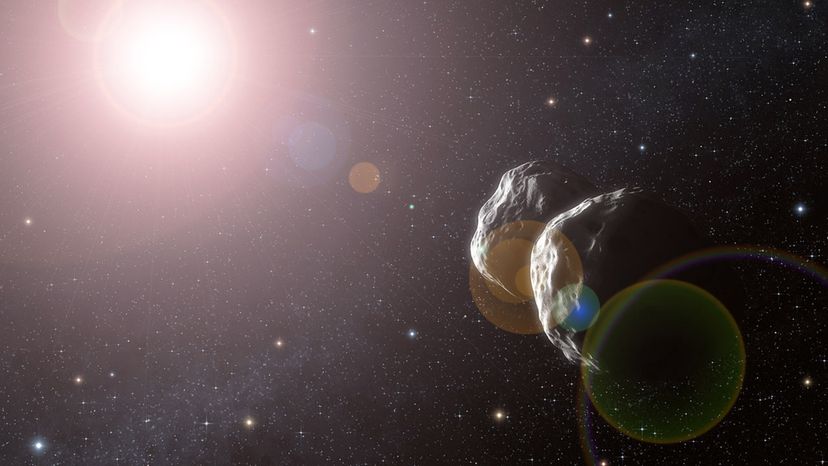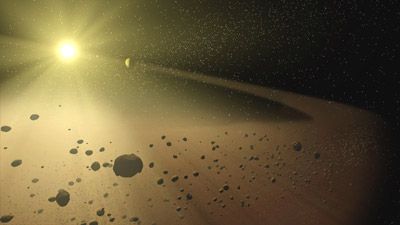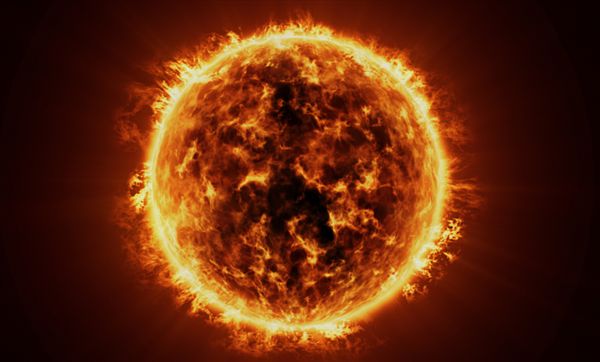
As fighter pilots in World Wars I and II were acutely aware, attacking an enemy aircraft from the direction of the sun was a very effective tactic to catch your target by surprise. The glare of sunlight provided cover until it was too late for the opponent. While asteroids don't consciously have this tactic in mind (we hope!), astronomers are extremely mindful that the sun may be hiding a cache of undiscovered and potentially hazardous asteroids within its glare.
This concern was highlighted by the July 8, 2019 announcement that a surprisingly big asteroid with the shortest "year" was discovered by the Zwicky Transient Facility (ZTF), a powerful camera at the Palomar Observatory in California. The 0.6-mile (1-kilometer) wide asteroid, designated "2019 LF6," orbits the sun entirely inside Earth's orbit, completing one orbit every 151 days. It zooms within the orbit of Mercury (that orbits the sun every 88 days) and swings as far out as Venus (which has a 225-day orbit) in a wonky trajectory that flings it out of the orbital plane, a sign that it was once gravitationally disturbed by one of the two planets in the past.
Advertisement


